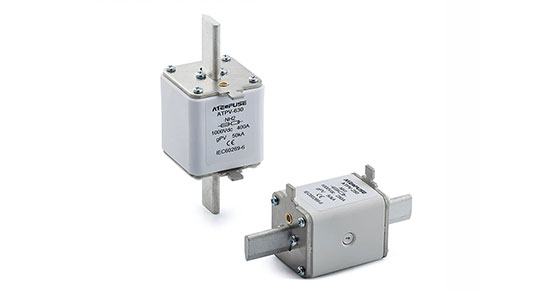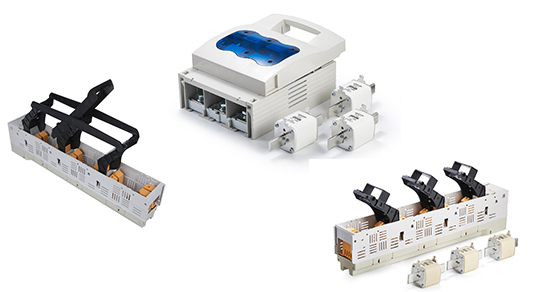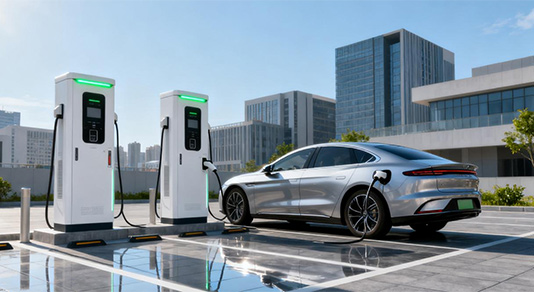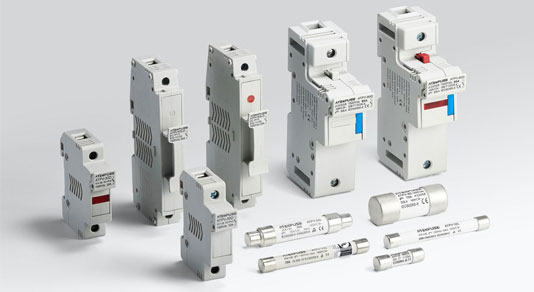The Ultimate Guide to Selecting Energy Storage Fuses for Power Distribution Units (PDUs) — Featuring the ATES-10GL55 DC500V Fuse
Introduction: Why Fuse Selection is Crucial for Energy Storage and PDUs
In today’s fast-growing renewable energy and industrial power sectors, safety and reliability in power distribution are more important than ever. Whether you’re building a Battery Energy Storage System (BESS), integrating solar inverters, or installing Electric Vehicle (EV) charging stations, the right fuse protects your equipment from damaging overcurrents and short circuits.
Choosing the perfect fuse isn’t just about picking one with the right voltage and current ratings — it’s about matching your application’s unique demands and environmental factors while complying with international safety standards. This guide dives into the ATES-10GL55 DC500V fuse from Zhejiang ATTE Electric Technology, highlighting why it’s a trusted choice in energy storage and power distribution systems worldwide.
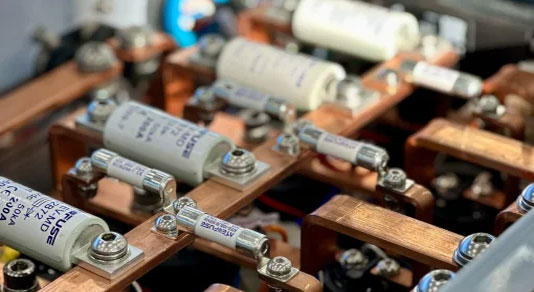
What Makes the ATES-10GL55 DC500V Fuse Ideal for PDUs and Energy Storage?
Key Specs at a Glance:
- Voltage Rating: Up to 500V DC
- Current Range: 2A to 50A
- Breaking Capacity: 20kA (safe interruption of high fault currents)
- Standards: Compliant with GB13539.1/4 and IEC60269-1/4
- Construction: Silver fuse element, high-purity quartz sand, ceramic or epoxy tube
- Applications: Solar inverters, battery storage systems, EV charging infrastructure, industrial PDUs
Why Proper Fuse Selection Matters in Power Distribution Units (PDUs)
PDUs manage critical electrical loads in data centers, renewable installations, and industrial plants. Improper fuse selection can lead to catastrophic failures, equipment damage, or costly downtime. Particularly in high-voltage DC environments, such as energy storage systems, DC arcs are challenging to extinguish, making fuse choice vital for:
- Fast, reliable disconnection under fault conditions
- Protecting sensitive semiconductor devices and electrical components
- Ensuring long-term operational safety and compliance
Step-by-Step Guide to Choosing the Right Fuse for Your Energy Storage or PDU System
1. Understand Your Specific Application Needs
Are you protecting a battery storage bank, a solar PV inverter, or EV charging stations? Each use case demands different fuse characteristics. The ATES-10GL55’s robust design suits a wide range of DC applications.
2. Match Voltage and Current Ratings Carefully
Select a fuse with a voltage rating equal to or higher than your system’s max voltage — for DC systems, make sure it’s explicitly rated for DC. The ATES-10GL55 handles up to 500V DC and currents from 2A to 50A.
3. Verify Breaking Capacity (Interrupting Rating)
Ensure the fuse can safely interrupt the maximum potential fault current. The ATES-10GL55’s 20kA breaking capacity protects against high-energy fault currents common in energy storage setups.
4. Factor in Environmental Conditions
Ambient temperature, humidity, and altitude impact fuse performance. The ATES-10GL55 operates reliably up to 40°C, at altitudes up to 2000m, and in moderate humidity conditions.
5. Review Time-Current Characteristics (TCC)
The TCC curve reveals fuse reaction times to overloads and short circuits. Quick response protects downstream components, especially in sensitive semiconductor applications.
6. Check Energy Let-Through (I²t)
Lower I²t values reduce energy transferred during faults, minimizing damage risk. The ATES-10GL55 offers low pre-arcing and total I²t values for superior protection.
7. Confirm Compliance & Certification
Opt for fuses meeting IEC, UL, or GB standards for global acceptance. ATES-10GL55 complies with IEC60269 and GB13539 standards.
8. Consider Physical Size & Mounting Compatibility
Make sure fuse dimensions fit your system’s fuse holders and mounting points. The compact ATES-10GL55 is designed for easy integration.
Real-World Applications: Where ATES-10GL55 Shines
Solar Power Inverters: Reliable protection against DC faults ensures uninterrupted power generation.
Battery Energy Storage Systems: High breaking capacity safeguards expensive battery banks.
EV Charging Stations: Fast fault clearing protects both equipment and users.
Industrial PDUs: Durable construction withstands harsh environments and high electrical loads.
Technical Highlights of the ATES-10GL55 Fuse
Silver Fuse Element ensures rapid and clean fuse operation
Quartz Sand Filling improves arc quenching and heat dissipation
Power Loss & I²t Values: Minimal power loss reduces energy waste, and low I²t protects components (refer to datasheet table below)
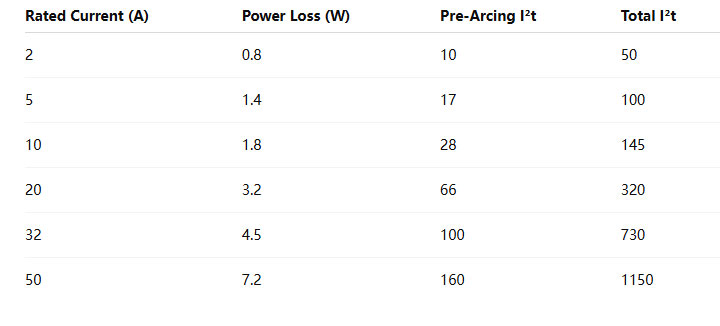
Conclusion: Make Safety and Efficiency Your Priority with ATES-10GL55
Selecting the right fuse is a critical step in ensuring your energy storage and power distribution systems run safely and efficiently. The ATES-10GL55 DC500V fuse stands out for its:
- High reliability backed by international certifications
- Wide current range for versatile applications
- Excellent protection performance with low energy let-through
- Robust build for demanding industrial environments
Trust ATES-10GL55 to safeguard your investments and keep your power systems running smoothly.

